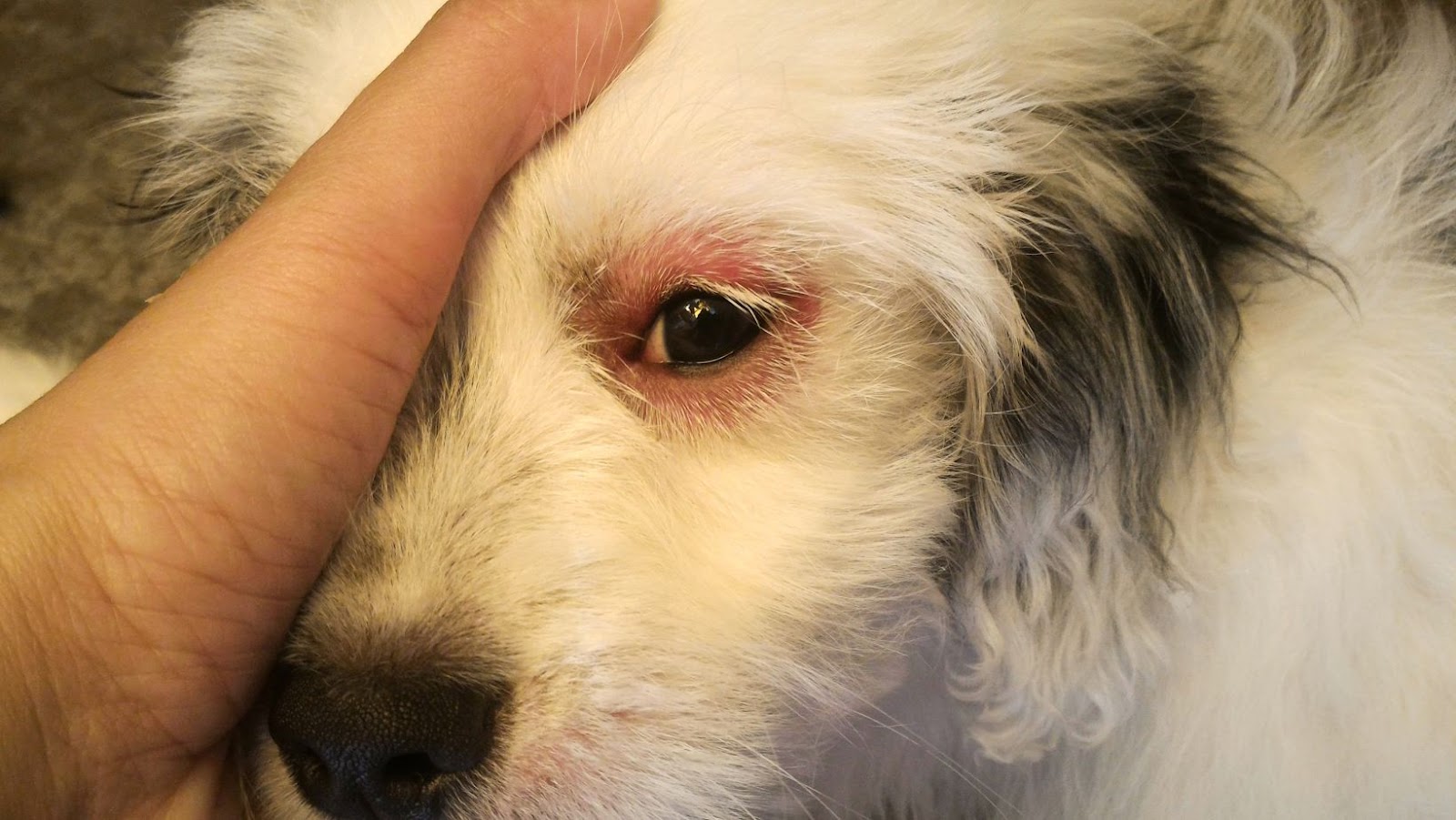Dogs of various varieties and origins might suffer from allergies. Dog allergies develop when the immune system overreacts to something that the majority of dogs would typically be able to tolerate, such as pollen, flea saliva, immunisations, spider bites, bee stings, or even specific foods.
Some canine allergies, like atopy or pollen allergies, seem to have a vital genetic component. The onset of allergy symptoms in the majority of these dogs often occurs between the ages of one and three, usually following an earlier exposure to the trigger. The purpose of allergy management is to alleviate or regulate a dog’s allergic symptoms, as most allergies cannot be cured.
Can Dogs Have Allergies?
It’s no secret that dogs adore tasty homemade treats, but just like humans, dogs have a complex immune system that helps them stay healthy and disease-free. Conversely, a weakened immune system might trigger an allergic reaction.
There are a number of entry points for viruses and allergens into the body. Ways in which this can happen include breathing it in, eating it, or absorbing it through the skin or mucous membranes of the nose or eyes.
As a defence mechanism, the immune system formulates antibodies and white blood cells to flush out the invaders.
The problem is that this response might go out of hand when the body encounters harmless particles. Pollen, dust, and even some foods can cause an immune system reaction in some people, which is why they are called allergens or antigens.
The Four Most Common Dog Allergies!
Several variations in canine allergies can develop based on factors such as the specific allergens involved, the kind of dog breed, and the environment in which the dog is exposed. Although origin labs are available to assist, it is still necessary to comprehend allergies. In most cases, you can classify allergic reactions as follows:
Allergies Induced by Parasites and Fleas
Infestations of fleas, ticks, mites, or any number of other parasites affect nearly all dogs. In most cases, these parasites are easy to remove, and the dog will likely experience no negative side effects. But, allergies, most commonly to biting parasites, might develop in some pets. In most cases, dogs experience an allergic reaction to the parasite’s saliva.
Intense Scratching
Excessive licking of alopecia (particularly on the backsides of the body and legs)
causes skin sores or scabs to form.
The symptoms come and go, and they usually get worse during the summer and as the pet gets older.
Because the parasites may be easily seen on the dog’s skin, a parasite or flea allergy diagnosis is not difficult to make.
Grooming or applying a topical medication to remove the parasite is the standard method for treating allergic reactions. This ought to put an end to the response.
Veterinarians may recommend corticosteroids, antihistamines, or antibiotics to treat secondary infections in cases of severe itching.
Food Allergies in Dogs
No matter how old a dog is, they are still susceptible to developing food allergies or hypersensitivity to any protein or carbohydrate in their diet. In most cases, dogs with food allergies will not respond to antihistamines or steroids.
Once you’ve determined the foods your dog is allergic to, you can permanently remove those foods from his diet.
For specific instructions on how to implement this diet, consult your veterinarian. Do not stop following the diet plan just because your dog’s symptoms improve. The exclusion diet also includes supplements and treats.
Contact Allergies
Shampoo, flea treatments, and wool bedding are all examples of substances that might irritate a dog’s skin and lead to a contact allergy. Dogs often experience itching and rashes as skin symptoms of this allergy.
An allergic reaction will only manifest itself in the region where the offending allergen was actually present. Dogs seldom experience food or environmental allergies, but when they do, it can be excruciatingly painful for your pet.
Environmental Allergies
The allergens in the air can trigger an environmental allergy, seasonal allergy, or inhalant allergy in your pet. Atopy is another name for this.
These types of allergies typically manifest at specific seasons, as they are associated with plants that are only in bloom at specific periods. On the other hand, allergens, including grass, mould, and mildew, can trigger environmental allergies in dogs at any time of year.

